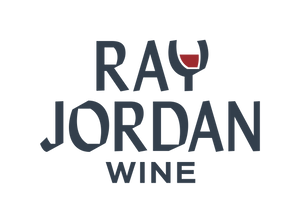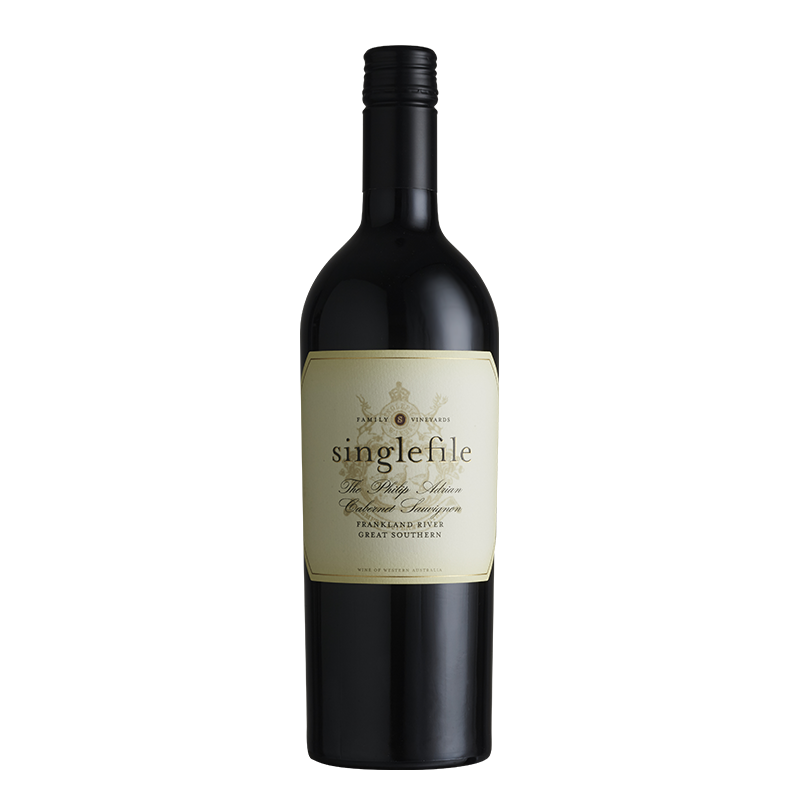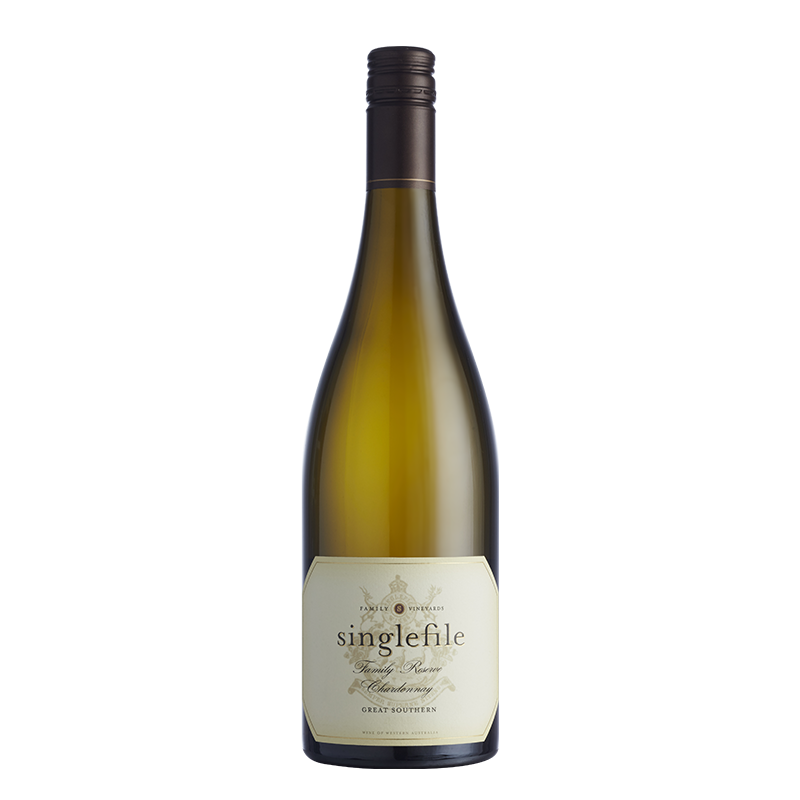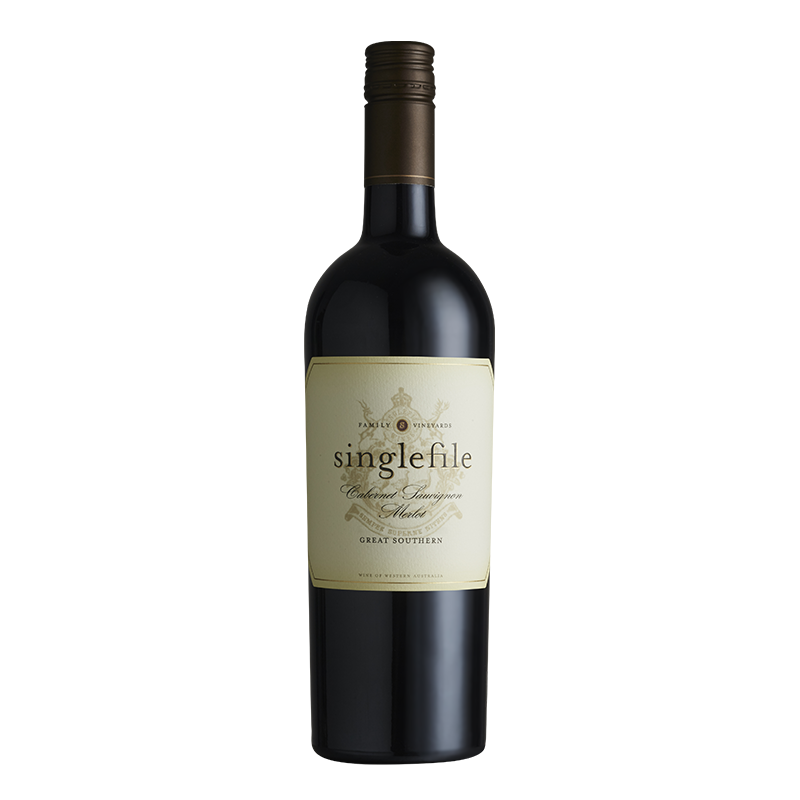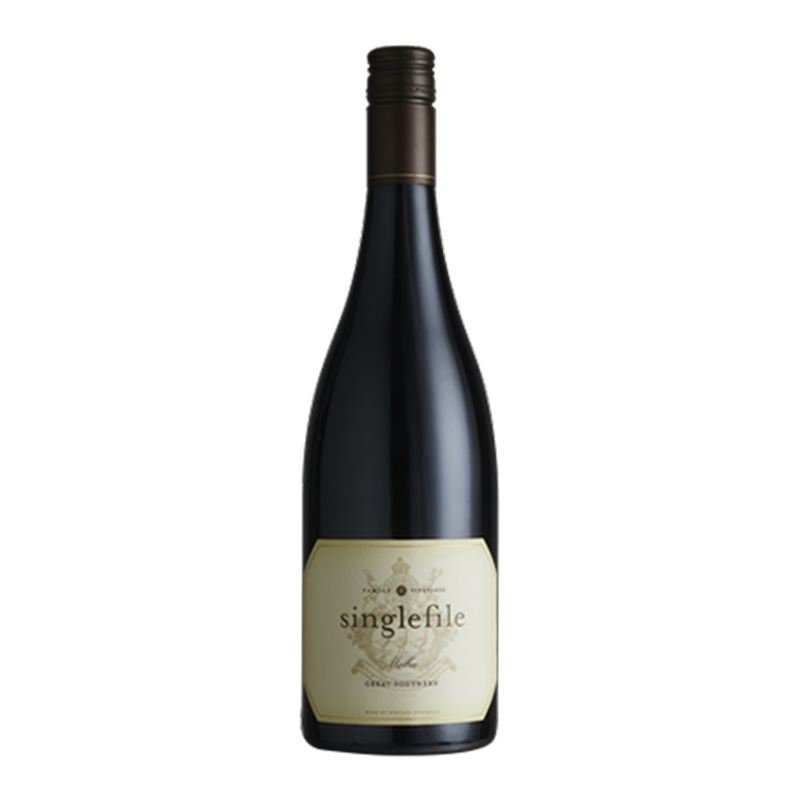Margaret River cabernet sauvignon - 50 years on
Ray Jordan
Cabernet Sauvignon has been part of the Margaret River story since August 1967, when Perth cardiologist Dr Tom Cullity planted just 0.8 hectares on the property that would become Vasse Felix. It was the first step towards establishing Margaret River as one of the world’s greatest cabernet producing regions. In 2023 Vasse Felix released the 50th vintage of Margaret River cabernet. But it had a less than auspicious beginning.
When we speak of Margaret River, we speak mostly of cabernet sauvignon and chardonnay. Cabernet came first through the earliest pioneering plantings at Vasse Felix, Moss Wood, Woodlands, Cape Mentelle, Leeuwin Estate and Cullen.
And it was cabernet that quickly had eyes turning to this South-West corner of Western Australia. Remarkably, in just 50 vintages Margaret River’s cabernet are now firmly established among the world’s greatest.
The honour of making, bottling and labelling the first cabernet belongs to Vasse Felix’s 1972; but the first commercially released Margaret River cabernet was Moss Wood’s 1973.
These early Vasse Felix cabernets are described in this excerpt from The Way it Was: The history of the early days of the Margaret River wine industry, I co-wrote with this year’s Jack Mann Memorial Medal winner Peter Forrestal. It also quotes Vasse Felix’s early winemaker David Gregg’s less than glowing summary of that initial 1972.

“In 1972, the cabernet was picked early (probably to avoid the onslaught of the silvereyes) and so was unacceptably acidic and had an oxidised character. It was undrinkable.
The 1973 Vasse Felix Cabernet was picked later, and three barrels were made. Although it was described by David Gregg as ‘fat and jammy’, it won a gold medal at the Perth Show, underlining the success of the previous year’s riesling.
The 1974 Cabernet showed the style evolving as the winemakers searched for the ideal picking date. James Halliday felt that it had ‘power and richness’ but was unbalanced by ‘stalkiness and strong drying tannins’.
David Gregg was happy with the 1975 and 1976 Cabernets, which showed softness and balance, and indicated that they were achieving the style that he and Cullity had been seeking: a red ‘light in the mouth, of modest alcohol content, and a character resembling a good Bordeaux rather than a powerful Australian red’.
It was a blend of cabernet (70- 75%) with shiraz (10-15%) and malbec. The percentage of malbec (which added softness and colour) increased when a second planting of the variety became available in the early 1980s.
The first great red from Vasse Felix was the 1979 Cabernet, which was shown at the New York Wine Trade Fair and rated second to the cabernet of the reigning champion, Napa producer Stag’s Leap.
The Washington Post’s James Conway reported on a blind tasting of cabernet sauvignons, including Bordeaux first growths, 1979 Haut Brion and 1979 Mouton-Rothschild; and two Napa superstars, 1978 Beaulieu ‘Georges de Latour Private Reserve’ and 1978 Heitz ‘Martha’s Vineyard’. Conway commented, ‘I found the 1979 Vasse Felix to be a lovely wine with good fruit and tannin and a lingering finish, without the heat of some other entries. It was the least expensive entry and, for me, one of the most attractive.’ This international exposure helped Vasse Felix make some impact on the tough New York market.
The other great Vasse Felix cabernet sauvignon of the early years was the 1985, which won a trophy as the Best Red Wine at the 1987 World Trade Fair in London.
Despite David Gregg’s rather disparaging remarks about that 1972 cabernet, it won a bronze medal at the Perth Royal Wine Show. Gregg, who had such a significant influence on the early years of Vasse Felix was the first winemaker engaged by Cullity, died in 2023, leaving behind a significant legacy of setting Vasse Felix on the path to elite producer. He was followed at Vasse by Clive Otto, who took the wines into the next era, and then by Viginia Willcock, with owner Paul Holmes a Court, has taken Vasse Felix into the modern era.
After Vasse Felix put a line in the sand others soon followed, quickly establishing the region as a significant cabernet player. Moss Wood’s 1973 became the first commercially available cabernet and its 1976 won the first gold in open classes for the South-West.
Then perhaps the most famous early achievement was Cape Mentelle’ s cabernet winning consecutive Jimmy Watson Trophies at the Melbourne Wine Show in 1984 and 1985.
With the dam walls breached, the floodgates opened as new names and new plantings have taken the region’s cabernet even further.
In 2023, the region’s standing on a global stage took another giant leap when Vanya Cullen released a very limited cabernet selling for $900, putting it in the same zone as the famous shiraz dominant wines of South Australia, making a defining statement about the quality of the region’s cabernets. It would not surprise if more producers followed onto that heady level. Certainly, the wines justify it.
Of course, Margaret River is not a homogeneous single region although it is often referred to that way. There are a number of different subregional areas, although they are not officially recognized as such, with each contributing to different styles and expressions of the variety.
Wilyabrup is the dress circle for cabernet, with many of the great names located there, producing powerful dark yet elegant wines. But towards Yallingup in the north, an area John Gladstones always believed was ideal for cabernet, the power and purpose becomes evident, while south of the town, the cabernets are generally less robust and more linear, but no less intensely varietal.
From humble beginnings Margaret River cabernets have risen inexorably to the pinnacle for this variety in Australia, surpassing that other great region Coonawarra with its combination of consistency and super quality.
Happy 50th birthday Margaret River cabernet.
Cabernet Sauvignon has been part of the Margaret River story since August 1967, when Perth cardiologist Dr Tom Cullity planted just 0.8 hectares on the property that would become Vasse Felix. It was the first step towards establishing Margaret River as one of the world’s greatest cabernet producing regions. In 2023 Vasse Felix released the 50th vintage of Margaret River cabernet. But it had a less than auspicious beginning.
When we speak of Margaret River, we speak mostly of cabernet sauvignon and chardonnay. Cabernet came first through the earliest pioneering plantings at Vasse Felix, Moss Wood, Woodlands, Cape Mentelle, Leeuwin Estate and Cullen.
And it was cabernet that quickly had eyes turning to this South-West corner of Western Australia. Remarkably, in just 50 vintages Margaret River’s cabernet are now firmly established among the world’s greatest.
The honour of making, bottling and labelling the first cabernet belongs to Vasse Felix’s 1972; but the first commercially released Margaret River cabernet was Moss Wood’s 1973.
These early Vasse Felix cabernets are described in this excerpt from The Way it Was: The history of the early days of the Margaret River wine industry, I co-wrote with this year’s Jack Mann Memorial Medal winner Peter Forrestal. It also quotes Vasse Felix’s early winemaker David Gregg’s less than glowing summary of that initial 1972.

“In 1972, the cabernet was picked early (probably to avoid the onslaught of the silvereyes) and so was unacceptably acidic and had an oxidised character. It was undrinkable.
The 1973 Vasse Felix Cabernet was picked later, and three barrels were made. Although it was described by David Gregg as ‘fat and jammy’, it won a gold medal at the Perth Show, underlining the success of the previous year’s riesling.
The 1974 Cabernet showed the style evolving as the winemakers searched for the ideal picking date. James Halliday felt that it had ‘power and richness’ but was unbalanced by ‘stalkiness and strong drying tannins’.
David Gregg was happy with the 1975 and 1976 Cabernets, which showed softness and balance, and indicated that they were achieving the style that he and Cullity had been seeking: a red ‘light in the mouth, of modest alcohol content, and a character resembling a good Bordeaux rather than a powerful Australian red’.
It was a blend of cabernet (70- 75%) with shiraz (10-15%) and malbec. The percentage of malbec (which added softness and colour) increased when a second planting of the variety became available in the early 1980s.
The first great red from Vasse Felix was the 1979 Cabernet, which was shown at the New York Wine Trade Fair and rated second to the cabernet of the reigning champion, Napa producer Stag’s Leap.
The Washington Post’s James Conway reported on a blind tasting of cabernet sauvignons, including Bordeaux first growths, 1979 Haut Brion and 1979 Mouton-Rothschild; and two Napa superstars, 1978 Beaulieu ‘Georges de Latour Private Reserve’ and 1978 Heitz ‘Martha’s Vineyard’. Conway commented, ‘I found the 1979 Vasse Felix to be a lovely wine with good fruit and tannin and a lingering finish, without the heat of some other entries. It was the least expensive entry and, for me, one of the most attractive.’ This international exposure helped Vasse Felix make some impact on the tough New York market.
The other great Vasse Felix cabernet sauvignon of the early years was the 1985, which won a trophy as the Best Red Wine at the 1987 World Trade Fair in London.
Despite David Gregg’s rather disparaging remarks about that 1972 cabernet, it won a bronze medal at the Perth Royal Wine Show. Gregg, who had such a significant influence on the early years of Vasse Felix was the first winemaker engaged by Cullity, died in 2023, leaving behind a significant legacy of setting Vasse Felix on the path to elite producer. He was followed at Vasse by Clive Otto, who took the wines into the next era, and then by Viginia Willcock, with owner Paul Holmes a Court, has taken Vasse Felix into the modern era.
After Vasse Felix put a line in the sand others soon followed, quickly establishing the region as a significant cabernet player. Moss Wood’s 1973 became the first commercially available cabernet and its 1976 won the first gold in open classes for the South-West.
Then perhaps the most famous early achievement was Cape Mentelle’ s cabernet winning consecutive Jimmy Watson Trophies at the Melbourne Wine Show in 1984 and 1985.
With the dam walls breached, the floodgates opened as new names and new plantings have taken the region’s cabernet even further.
In 2023, the region’s standing on a global stage took another giant leap when Vanya Cullen released a very limited cabernet selling for $900, putting it in the same zone as the famous shiraz dominant wines of South Australia, making a defining statement about the quality of the region’s cabernets. It would not surprise if more producers followed onto that heady level. Certainly, the wines justify it.
Of course, Margaret River is not a homogeneous single region although it is often referred to that way. There are a number of different subregional areas, although they are not officially recognized as such, with each contributing to different styles and expressions of the variety.
Wilyabrup is the dress circle for cabernet, with many of the great names located there, producing powerful dark yet elegant wines. But towards Yallingup in the north, an area John Gladstones always believed was ideal for cabernet, the power and purpose becomes evident, while south of the town, the cabernets are generally less robust and more linear, but no less intensely varietal.
From humble beginnings Margaret River cabernets have risen inexorably to the pinnacle for this variety in Australia, surpassing that other great region Coonawarra with its combination of consistency and super quality.
Happy 50th birthday Margaret River cabernet.
